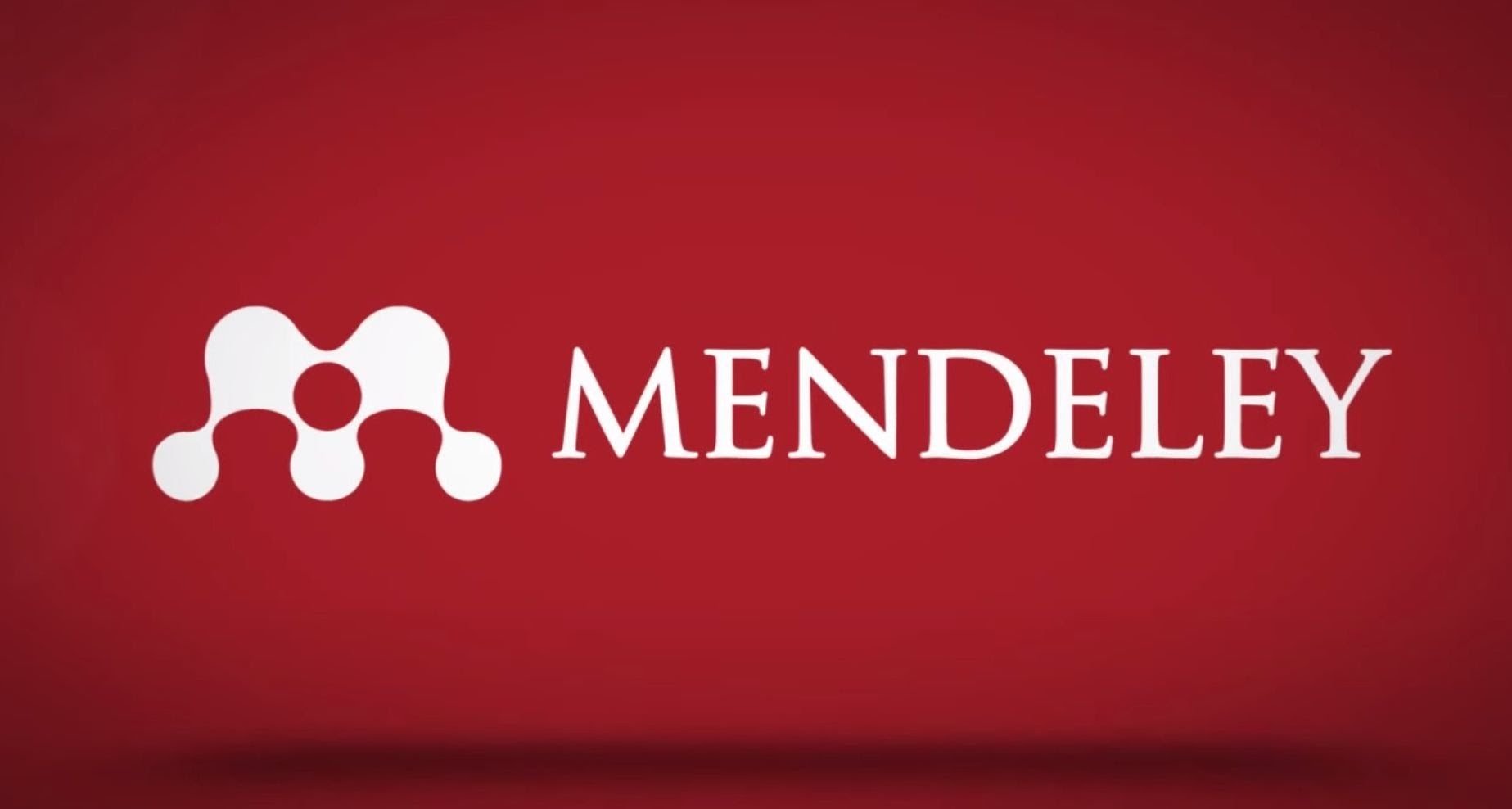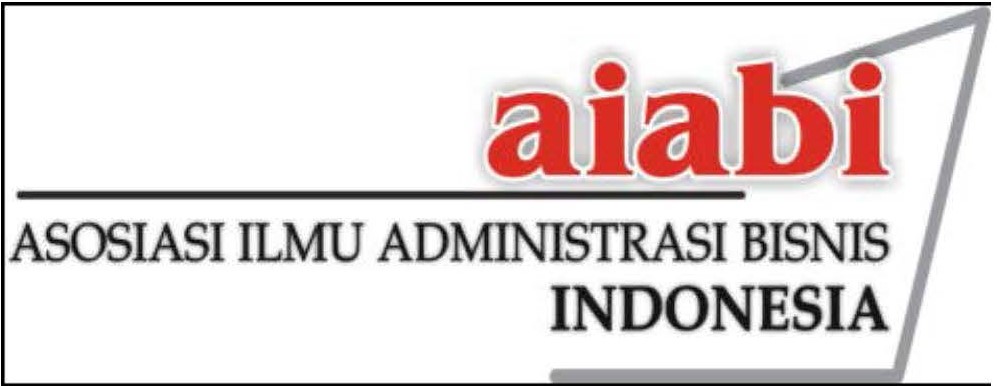UNIVERSITAS PADJADJARAN DALAM PERSPEKTIF CORPORATE BRAND DALAM RANGKA MENCAPAI VISI TAHUN 2026
Abstrak
Since the last 5 (five) years, Padjadjaran University has become the most popular university in Indonesia. This is one indication that shows Universitas Padjadjaran as the most favorite university in Indonesia. The success of course canot be achieved in a short time, many things have been done by Unpad to become a college that has a good reputation. The consequence that must be faced is that Unpad must continue to maintain it’s achievement and continue to gain new achievement in the future.
The research method used in this research is qualitative research. The informants in this study are university leaders who understand the vision and mission of the university and corporate brand strategy, students as consumers and society consisting of parents, senior students of high school. To ensure the validity of data , researchers used triangulation technique.
The results showed that the elements of corporate brand and positive responses and behavior of the community towards the University of Padjadjaran showed a corporate brand that is able to support this university towards the achievement of the vision and mission of the university in 2026. This began to be demonstrated by the achievement of various academic and non academic achievements which was obtained by Universitas Padjadjaran.
Sejak 5 (lima) tahun terakhir, Universitas Padjadjaran menjadi perguruan tinggi dengan peminat terbanyak di Indonesia. Hal ini merupakan salah satu indikasi yang menunjukkan Universitas Padjadjaran sebagai perguruan tinggi terfavorit di Indonesia. Keberhasilan tersebut tentunya dapat diraih bukan dalam waktu singkat, banyak hal yang telah dilakukan oleh Unpad untuk menjadi perguruan tinggi yang memiliki reputasi yang baik. Konsekuensi yang harus dihadapi adalah bahwa unpad harus terus mempertahankan capaian tersebut diiringi dengan target target yang ingin dicapai di masa depan.
Metode penelitian yang digunakan dalam penelitian ini adalah penelitian kualitatif. Adapun informan pada penelitian ini adalah pimpinan universitas yang memahami visi dan misi universitas dan strategi corporate brand, mahasiswa sebagai konsumen dan masyarakat yang terdiri dari orang tua, siswa-siswi SMU kelas XII. Untuk menjamin keabsahan data, peneliti menggunakan teknik triangulasi.
Hasil penelitian menunjukkan bahwa elemen-elemen corporate brand dan tanggapan serta perilaku positif dari masyarakat terhadap Universitas Padjadjaran menunjukkan corporate brand yang mampu mendukung langkah universitas ini menuju pencapaian visi dan misi universitas di tahun 2026. Hal ini mulai ditunjukkan dengan pencapaian berbagai prestasi akademik dan non akademik yang diperoleh Universitas Padjadjaran.
Kata Kunci
Teks Lengkap:
PDFReferensi
Aaker, D.A. 2004. Brand Portfolio Strategy – Creating, Differentiation, Energy, Leverage, Clarity. New York. Simon & Schuster, Inc.
Anisimova, Tatiana Anatolevana. 2007. The Effects Of Corporate Brand Attributes On Attitudinal and Behavioural Consumer Loyalty. Journal of Consumer Marketing.
Balmer, J.M.T. 2001. “Corporate identity, corporate branding and corporate marketing-seeing through the fog”. European Journal of Marketing Management, 35 (3/4), 248-291.
Balmer, J.M.T. 2012. “Strategic corporate brand alignment”. European Journal of Marketing, 46 (7/8), 1064-1092.
Balmer, J.M.T. 1995. “Corporate branding and connoisseurship”. Journal of General Management, 21 (1), 24-46.
Brexendorf, T. O., & Keller, K. L. (2017). “Leveraging the corporate brand”. European Journal of Marketing, 51(9/10), 1530–1551.
Burhan, Bungin. 2010. Penelitian Kualitatif – Komunikasi, Ekonomi, Kebijakan Publik dan Ilmu Sosial Lainnya. Jakarta. Prenada Media Group
Fandy Tjiptono. 2005. Brand Management & Strategy. Yogyakarta. ANDI
Hatch, M.J. & Schultz, M. 2003. “The cycles of corporate branding: the case of the LEGO”. Company California Management Review, 46 (1), 6-26.
Ind, N. 1997. The Corporate Brand. Macmillan: London.
Kowalcyzyk, S.J dan Pawlish, M.J. 2002. Corporate Branding Through External Perception of Organizational Culture. Corporate Reputation Review. Vol. 5 Nos 2/3. Pp 159-174.
Lei, J., Dawar, N. & Lemmink, J. 2008. “Negative spillover in brand portfolios: Exploring the antecedents of asymmetric effects”. Journal of Marketing, 72 (3), 111–123.
Malhotra, Naresh K. 2009. Riset Pemasaran : Pendekatan Terapan. New Jearsey. PT. Indeks
Papasolomou, loanna et al. 2006. Building Corporate Branding through Internal Marketing : The Case of The UK Retail Bank Industry. The Journal of Product and Brand Management, Vol. 15 No. 11 pp. 37-47. Emeral Group Publishing. ISSN 10610421
Richardus E.I dan Richardus D. 2015. Manajemen Perguruan Tinggi Moderen. PreiNexus
Schultz, M. dan de Chermatony, L. 2002. The Challenges of Corporate Branding. Corporate Reputation Review. Vol. 5. Nos 2/3. Pp. 105-112.
Sen, S. dan Bhattacharaya, C. B. 2001. Does Doing Good Always Lead to Doing Better? Consumer Reactions to Corporate Social Responsibility. Journal of Marketing Research, Vol. 38. Mei pp 225-243.
Souiden, Nizar et al.2006. The Effect of Corporate Branding Dimensions on Consumer Product Evaluation – A Cross-cultural Analysis. European Journal of Marketing Research Vol. 40 No. 7/8, 2006 pp. 82-845. Emerald Group Publishing Limited.
Sugiyono. 2011. Metode Penelitian Kuantitatif, Kualitatif dan R&D. Bandung. CV Alfabeta.
Surachman, S.A. 2008. Dasar – Dasar Manajemen Merek – Alat Pemasaran Untuk Memenangkan Persaingan. Malang. Bayumedia Publishing.
www.unpad.ac.id/wp-content/uploads/2012/07/Renstra-2012-2016.pdf :
Rencana Strategis Universitas Padjadjaran 2, diakses pada 2 Januari 2017
DOI: https://doi.org/10.24198/adbispreneur.v3i3.19792
Refbacks
- Saat ini tidak ada refbacks.









